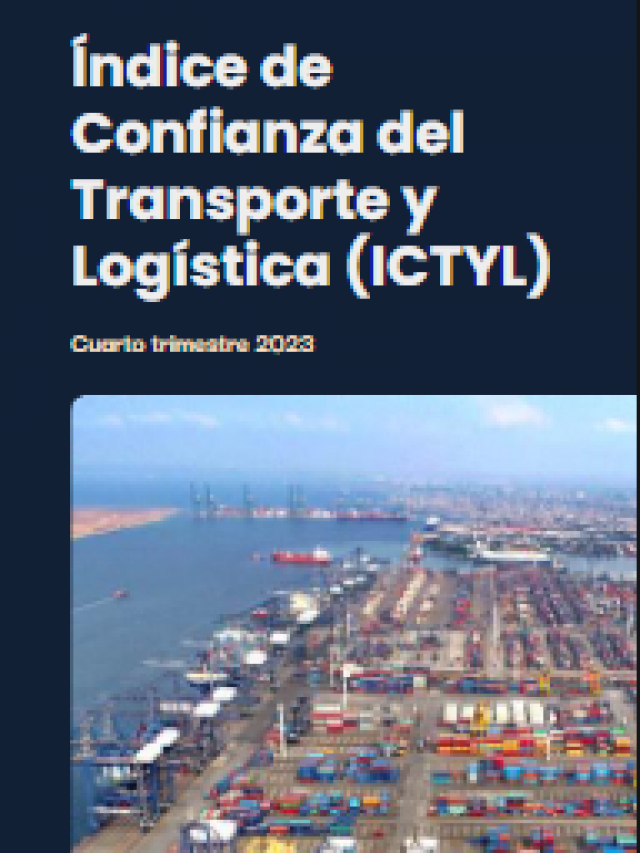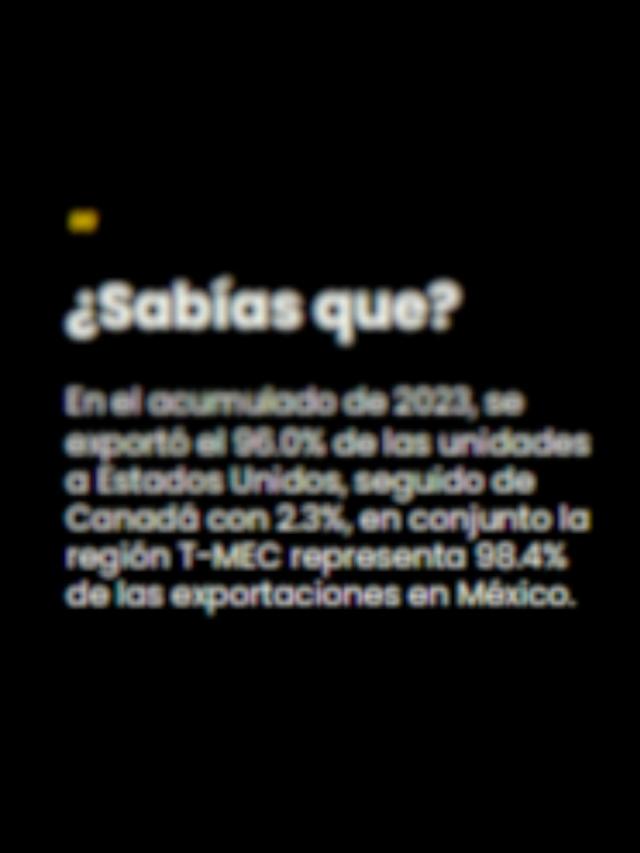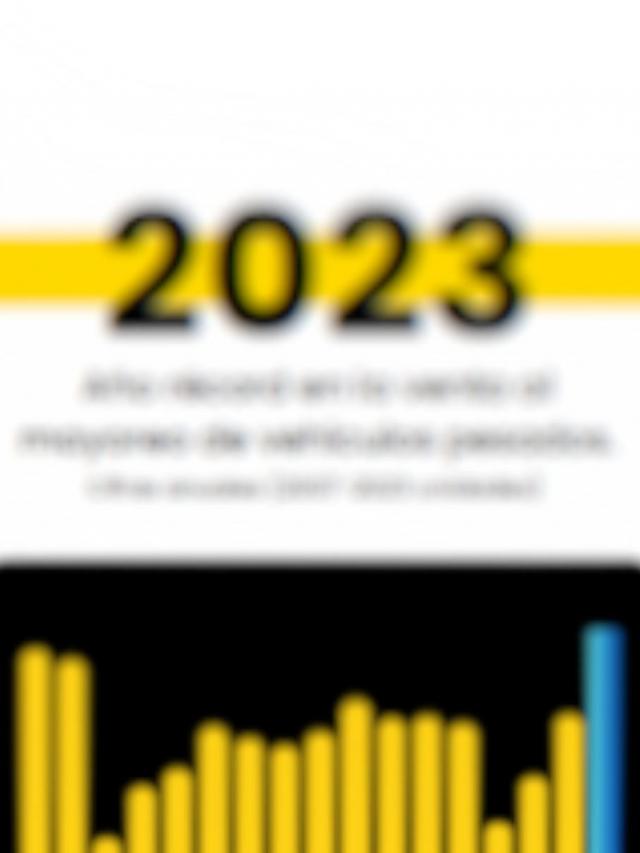
By 2025, the economy is expected to have high volatility and significant changes in monetary and fiscal policies , according to specialists from Vector Analysis .
Rodolfo Navarrete, chief economist at Vector Casa de Bolsa , stressed that “the main risk comes from the change of government in the United States. President Donald Trump could use tariff threats and other drastic measures as a negotiating strategy with key countries such as Mexico.”
In this context, in its “Economic Outlook 2025” report, Vector Analysis expects Trump to implement selective actions without escalating the situation , which could avoid severe repercussions on trade relations. However, Navarrete warned of the possibility of 25% tariffs or even threats of military intervention in Mexico, although he considered this scenario to be unlikely.
For his part, Luis Adrián Muñiz, economic analyst, highlighted that the Mexican economy will continue to show signs of slowdown in 2025 , with an estimated growth of 1.5 percent.

This performance is explained by the poor performance of key sectors such as construction and public spending. However, private consumption, supported by social programs, will remain the main economic driver.
As for inflation , it is projected to close in a range of 3.5% to 3.8%, favored by a base effect towards the middle of the year.

This would open up space for the Bank of Mexico to reduce the reference rate by 25 basis points during each of its meetings, closing the year at 8 percent.
“The monetary stance will remain restrictive, but we see a clear possibility of gradual adjustments,” Muñiz added.

In addition, Alejandro Arellano, an economist and international analyst, indicated that the US economy, although weaker compared to 2024, will maintain a certain stability with an expected growth of 2.2 percent.
However, Trump’s protectionist policies could generate inflationary tensions and affect global supply chains .
“Consumption and services will continue to be fundamental pillars, but tariffs and restrictions could counteract these advances,” explained Arellano.
Elsewhere, the eurozone is expected to experience a modest recovery , moving from 0.8% growth in 2024 to 1.2% in 2025, driven by interest rate cuts and fiscal efforts.
On the other hand, China will face challenges in stimulating its economy , with projected growth of 4.5%, while strengthening its strategy of technological autonomy in the face of trade tensions.
Regarding the fixed-income market , Ricardo Bravo, a financial strategies specialist, anticipated a positive performance thanks to inflationary convergence and global monetary easing.
The exchange rate is expected to be volatile with a bias towards appreciation, closing the year at levels close to 19 pesos per dollar in an optimistic scenario.
The experts explained that 2025 is shaping up to be a crucial year, where the ability to adapt to political and economic challenges will set the tone for governments and investors. The evolution of trade and fiscal policies will be decisive for global stability and growth.
Comment and follow us on X:@karinaquintero / @GrupoT21















